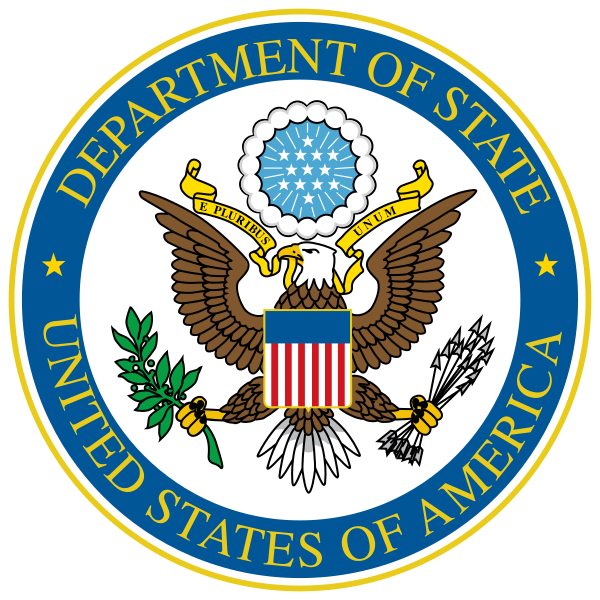The plague erupted in Madagascar a couple of times due to poor sanitary conditions and hordes of sewer and garbage-hopping rats and fleas in the capital, and the entire city went under quarantine as a result, with the downtown and markets looking like a deserted zombie apocalyse for a few days. A couple of young children who were the neighbors of the writer and their classmates caught the plague and died within 24 hours, showing how strong the infection is. The plague is treatable with common antibiotics if addresses properly however, and hasn’t been back since 2017.
Each October, rains and shifting climate pollute Antananarivo’s air and streets with water, sewage, and particulate matter, and large amount of people get sick at this time. The relentless rain and temperature swings unleash a lot of spores, flora, and strange fungi and even insects into the air come November and December as well, which is another wonder of one of Earth’s Most Unique Ecosystems that make Madagascar amazing, but can make you sick at least once a year.
Outside of the capital, mosquitoes are often relentless and malaria has the same prescription and prevention as traveling on safari in Africa. None of it should dissuade you from visiting. Most tourists bring Doxycycline Malarone or Mefloquine to prevent malaria. We have never had a tourist report contracting it even after hundreds of visitors.
AIDS is very low on the island in general (and lower than almost anywhere in Africa) but highest in Nosy Be with about 5.5% or more of sex workers carrying the HIV virus.
The pollution in Tana is very terrible and dust and dirt wafting through the air with car exhaust is relentless and painting the city and its buildings in yellowish filth. Lung infections and bronchitis are suffered by many visitors there, and the water is not drinkable anywhere in Madagascar, meaning bottled water is necessary. Note none of these air problems exist in the countryside and life is relatively fresh and uncongested, and beautiful. The majority of tourists only occasionally suffer the same travelers upset stomach and simple colds and flus as you can anywhere in the world.
Consult your travel doctor before traveling to Madagascar if you have concerns. Typically the airport officials can but do not always check yellow fever vaccination to enter Madagascar immigration in Ivato (Antananarivo) TNR or Hellville (Nosy Be) NOS.
















